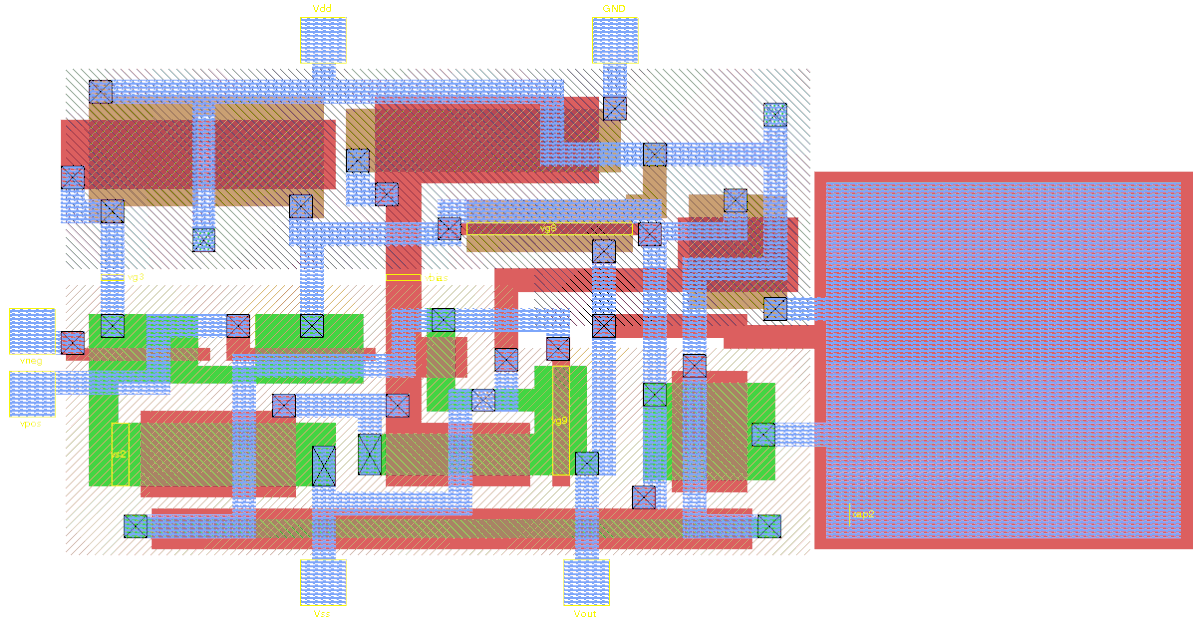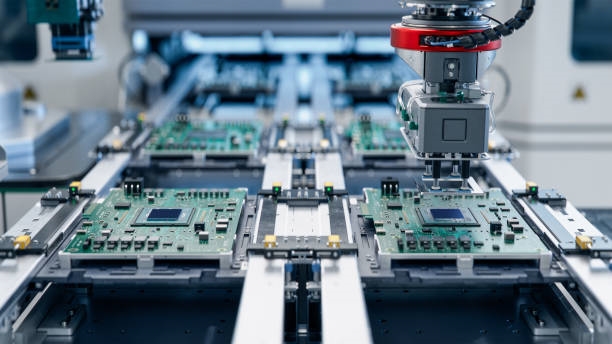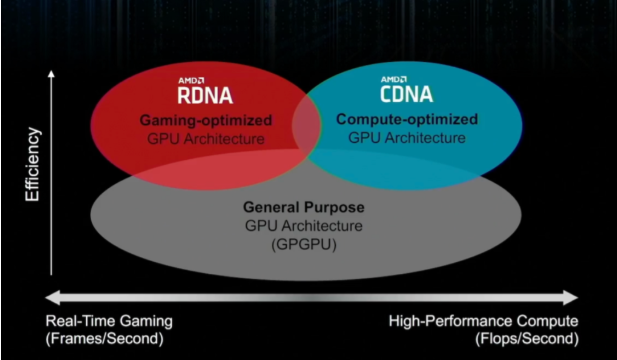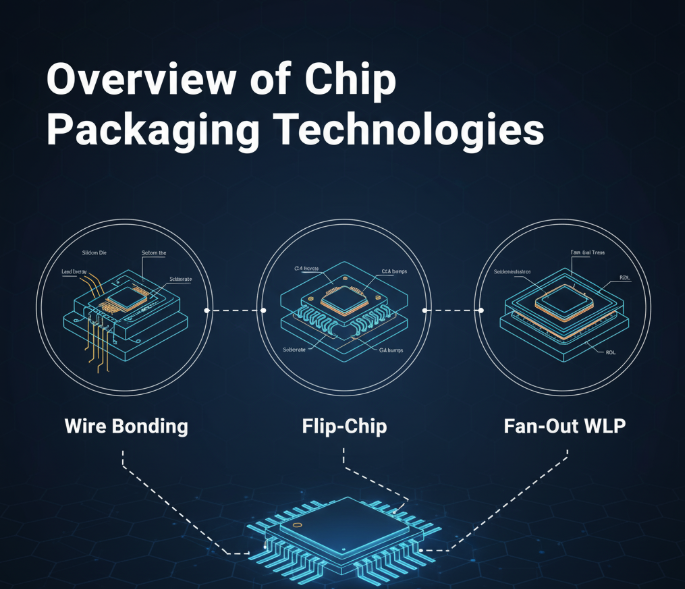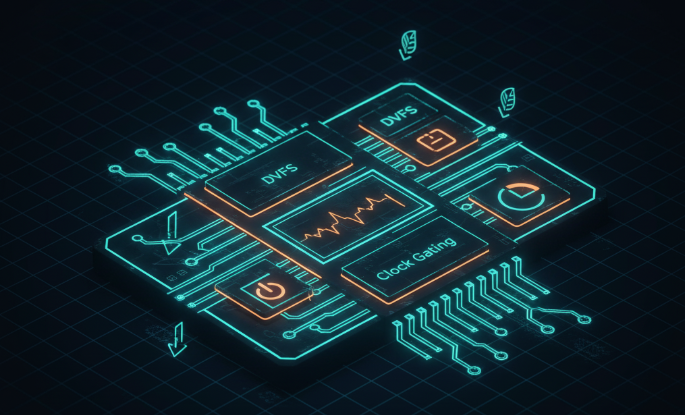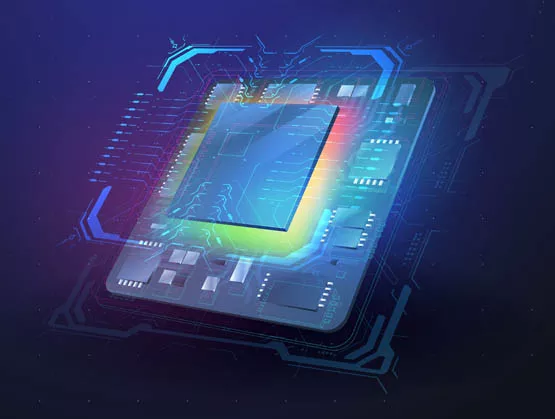Overview
IC design refers to integrated circuit design, the process of integrating electronic components, circuits, and functions onto a single chip. It encompasses multiple stages including logical design, physical design, verification and simulation, as well as related tasks such as hierarchical physical design, packaging design, and test design.
Design Stages
Designers use computer-aided design (CAD) tools to create schematics, logical descriptions, and physical representations of an integrated circuit. Logical design typically covers gate-level, RTL (register transfer level), behavioral, and system-level design for digital circuits. Physical design focuses on placement and routing, determining the locations of circuit elements on the chip and the interconnection paths.
Tools and Verification
Throughout the IC design process, verification and simulation are used to validate functionality and performance at each stage. Physical verification addresses issues such as timing, power, and manufacturability. Test design and packaging considerations are integrated into the flow to ensure the final silicon meets specifications and can be produced reliably.
Goals and Applications
The objective of IC design is to integrate circuits onto a single chip as much as possible to achieve smaller size, lower power consumption, higher performance, and improved manufacturing efficiency and reliability. IC design is applied across many domains, including consumer electronics, communications, computing, automotive systems, and medical devices.
IC Design vs Chip Design
IC design and chip design are often used interchangeably to describe the process of designing integrated circuits. In many contexts they mean the same thing and refer to the full design flow: specification, circuit design, layout, verification, and validation.
In some contexts, however, a subtle distinction is made: IC design may emphasize the electrical and logical aspects of circuit design (digital and analog), while chip design can be a broader term that also includes packaging, test strategies, and system-level integration around the chip. This distinction is not universal and usage depends on context; in most cases the terms are interchangeable.
 ALLPCB
ALLPCB


